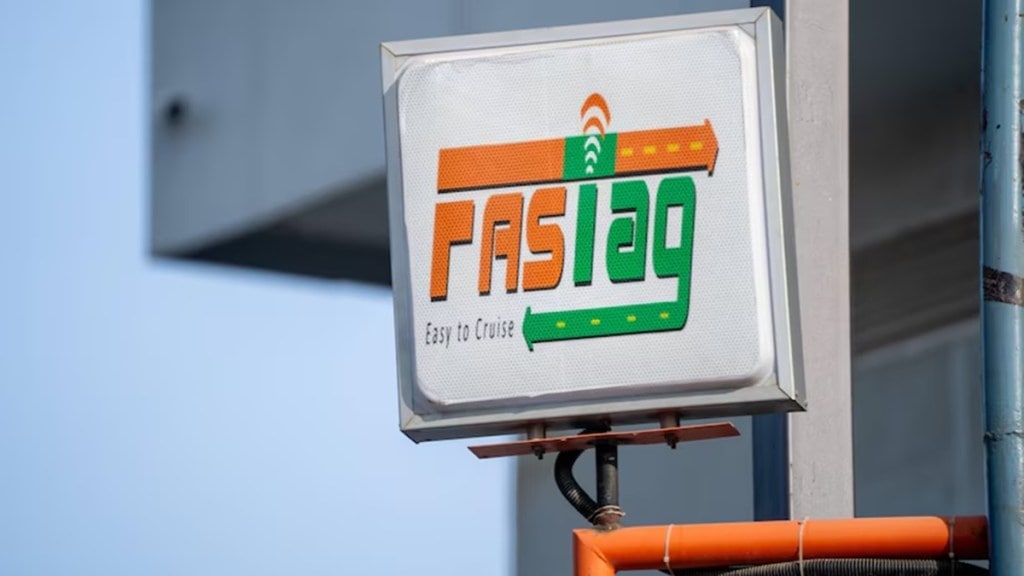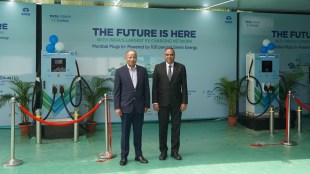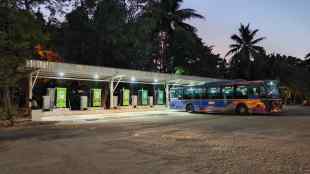The introduction of the FASTag annual pass for private vehicles, priced at Rs 3,000, is set to benefit frequent commuters but will have a notable impact on toll road operators’ revenues. Effective from August 15, 2025, the pass will be available for all private vehicles, including cars, vans, and jeeps, covering up to 200 trips or one year from activation, whichever comes first. Currently, private vehicles pay around Rs 70-80 per trip, so the annual pass could result in savings of up to 80% per trip for users who maximise its benefits.
According to a Crisil Ratings assessment of 40 operational toll road projects, private vehicles account for 35-40% of overall traffic but only 25-30% of revenue. If one-third of these vehicles opt for the annual pass, toll operators could see a revenue reduction of 4-8%.
This shortfall is expected to be addressed through compensation under existing concession agreements, making the timely finalisation and implementation of a compensation framework critical. The process will involve consultations with stakeholders and may face delays, but the credit risk profiles of toll operators rated by Crisil are expected to remain stable in the interim, supported by adequate cash flow coverage.
Credit Risk and Compensation Mechanism
While the annual pass will shift the revenue collection model from real-time toll payments to a compensation-based approach managed by the National Highways Authority of India (NHAI), Crisil Ratings believes the credit profiles of toll road projects will withstand potential timing mismatches.
Even if there is a six-month lag in receiving the first compensation and a third of private vehicles adopt the pass, the impact on debt service coverage ratios (DSCRs) is expected to be minimal for the current fiscal year. Additionally, most operators maintain sufficient liquidity to cover at least one quarter of expenses, further mitigating short-term risks.
The robust payment track record of NHAI, especially in annuity-based and hybrid annuity model projects, helps reduce counterparty risk. Once the compensation mechanism is fully established, DSCRs should return to their current levels. However, higher-than-expected adoption of the annual pass could lead to greater revenue losses in the interim, which will require close monitoring.
Overall, while the annual pass offers significant benefits to users, the medium-term impact on toll road operators is expected to be modest, provided the compensation framework is implemented efficiently and without significant delays.




















